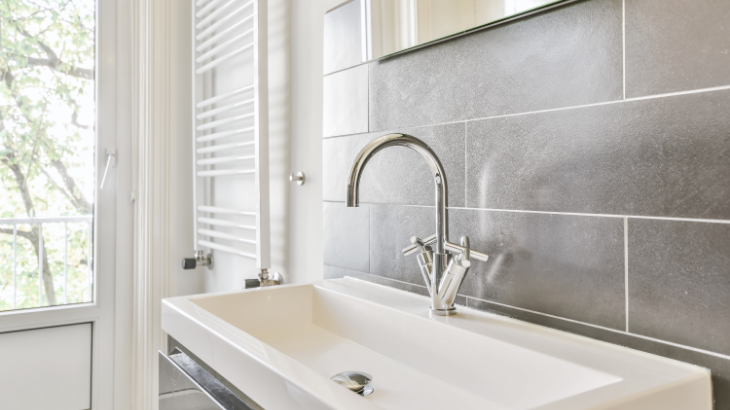
Water is something we often take for granted, but the truth is clean, healthy water is not an endless resource. The average American home uses 350 gallons of water per day or 127,000 gallons per year, according to the U.S. Environmental Protection Agency (EPA). This results in water bills of $500 per year or more. By making a few small changes in your daily routine, you can save a significant amount of water, which will help you save money and preserve water supplies for future generations.
Around the house
- Check for and repair leaks; even the smallest leak can waste thousands of gallons of water per year.
- Insulate water pipes to limit the amount of time necessary to run water in sinks or showers to get hot water.
Kitchen
- Only run your dishwasher with a full load.
- Do not rinse hand-washed dishes under running water; fill one sink with soapy water and one with rinse water.
- Garbage disposals are water hungry; compost bins are an environmentally friendly alternative.
- If you are looking for a new dishwasher, purchase an ENERGY STAR® certified product; they use significantly less water than standard models.
Bathroom
- Do not leave water running while you are shaving or brushing your teeth.
- Take shorter showers or try taking a cold shower, it will encourage you to get out quickly!
- Install low-flow faucets and showerheads. A low-flow showerhead can save as much as 2 to 3 gallons per minute. Choose products that are WaterSense labeled. WaterSense is a program of the U.S. EPA.
- Leaky toilets can waste up to 200 gallons of water per day. To check for leaks, put food coloring in the tank. If the color appears in the bowl, you have a leak.
- Older toilets can use 4 to 7 gallons per flush. Replace them with models displaying the WaterSense label. They use less than 1.3 gallons per flush—a savings of 60 to 80 percent.
Laundry
- Do not operate your washing machine unless you have a full load.
- When purchasing a new washing machine, choose a product that is ENERGY STAR certified. ENERGY STAR models use 18–25 gallons per load, compared to 40 gallons for conventional machines.
Yard and garden
- Restrict lawn watering to every 3 to 5 days during the summer.
- Water your lawn in early morning or in the evening to reduce waste through evaporation. Set automatic sprinklers to turn on at
night. - Install timers to shut off sprinklers at a set time.
- Choose water-efficient drip irrigation systems for shrubs and flowerbeds. These systems use 30 to 50 percent less water than conventional watering methods. Look for irrigation controls that are WaterSense labeled.
